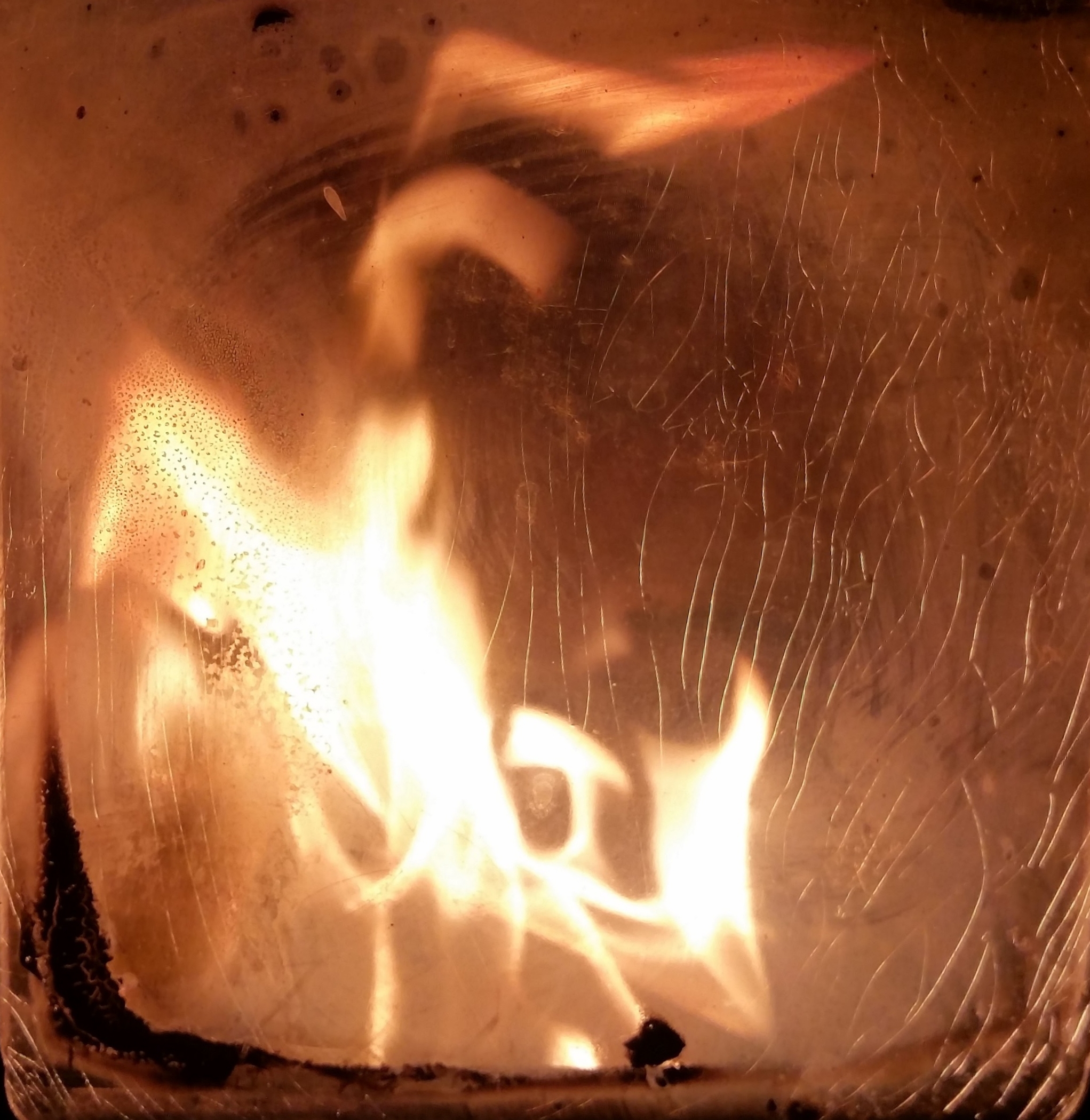The secret to the diesel heater is it promotes a constant turnover of air in the boat. It burns the moist air inside the cabin and sends it out the chimney. This then draws in dry outside air into the cabin to replace it, keeping you warm and dry.
This may sound like it defeats the purpose, bringing in cold air to a space you're trying to heat, but it doesn't. With the diesel heater running as our only heat source, the boat stays between 75F and 90F. We have actually had to open the hatches to cool off on frigid days because it got to hot inside!
The heater is not full proof, as it can have its temper tantrums. We call it "runaway diesel"! The temperature is controlled by a carburetor (think of it as a gas pedal on a car, if you hold your foot constant, it will slow up as you go uphill and speed out of control as you go downhill). The carburetor simply allows a certain amount of fuel to pass into the burning chamber. This sounds like it will keep a constant temperature, but it has a glitch. The fuel that it burns is in the cabin with us. As the boat warms up, so does the fuel; allowing it to flow faster through the carburetor. This makes it burn hotter since it gets more fuel, which makes the fuel flow even faster, which makes it burn even more fuel, making it hotter! I have had it runaway on me a few times, once it got up to 138F inside when it was 15F outside. It usually happens when we first turn the heater on. The fuel is cold, we are cold, and we just want it warm! We set the flame so it's burning nicely but forget to turn it down. A few days later, the fuel is all nice and warm and the runaway diesel is possible. To avoid this from happening, simply pay attention to the heater and keep the flame adjusted properly. It really happens because we forget to turn it down. Now that we are much more cognoscente of it and we keep an eye on it, it hasn't happened anymore.
One of the really cool selling points of this heater is it doesn't run on electricity! It has an electric fan to help it start a fire, but I never use it. It burns wonderfully and reliably! If the power goes out in the marina during an ice storm, we still have plenty of heat! Best of all, when we are anchored out and it feels a little chilly, we can fire it up to warm the cabin.
Having reliable and non-electric dependent heat is wonderful, but as with all things on a boat, certain precautions must be taken. The heater produces a large flame, and the boat is made of wood and fiberglass. You are literally burning a flame inside of a closed tinder box! With the proper precautions, it goes from crazy to very safe.
The heater is going to get very hot, this is how it radiates its heat to the rest of the boat. Do not place it near wood or other objects, they will burn! You need a minimum of one foot around it and lots of airflow. The kink in this plan is the unit needs to be mounted to a bulkhead, so the use of an appropriate heat shield must be employed. The heat shield goes between the unit and the bulkhead, and it really works! I bought mine at ACE hardware and cut it down to size to fit my small space. I then crimped the metal to cover the exposed insulation (compressed saw dust). This shield really makes a difference. It hurts to place your hand between the heater and shield, but it's actually cool between the shield and the bulkhead.
The other important factor is the heater can runaway, in this case it can be too hot to get your hand on the carburetor to shut the heater off. Even if you did shut it off, the fuel is so thin that it can still slip through the carburetor, continuing the burn. For this reason, mount a gate valve below the unit (where it never gets hot) in the fuel line right before it enters the carburetor. When it runs away or begins to burn to hot, simply close the valve and wait for it to burn out. I also use this valve to shut it off whenever we want to turn it off. The carburetor can be set to the perfect temperature for comfort, so rather than trying to find that setting again, I shut it off with the valve and leave the carburetor set to perfection!





















